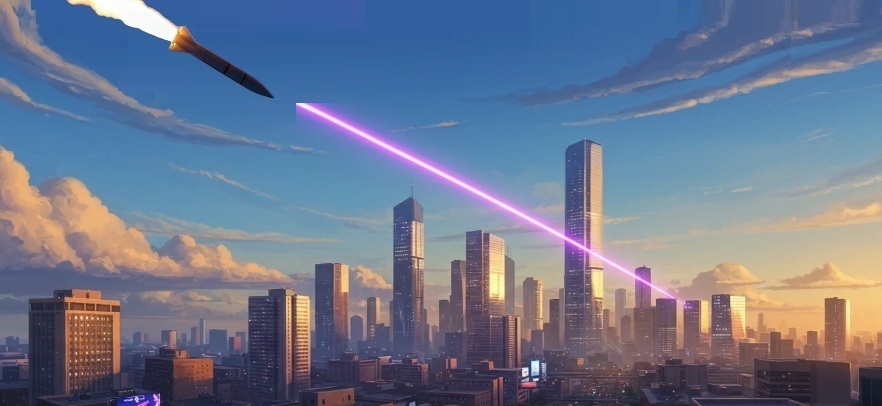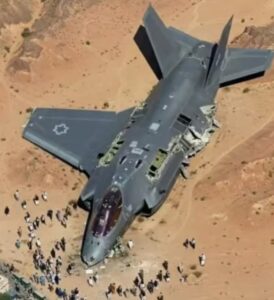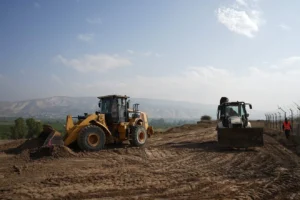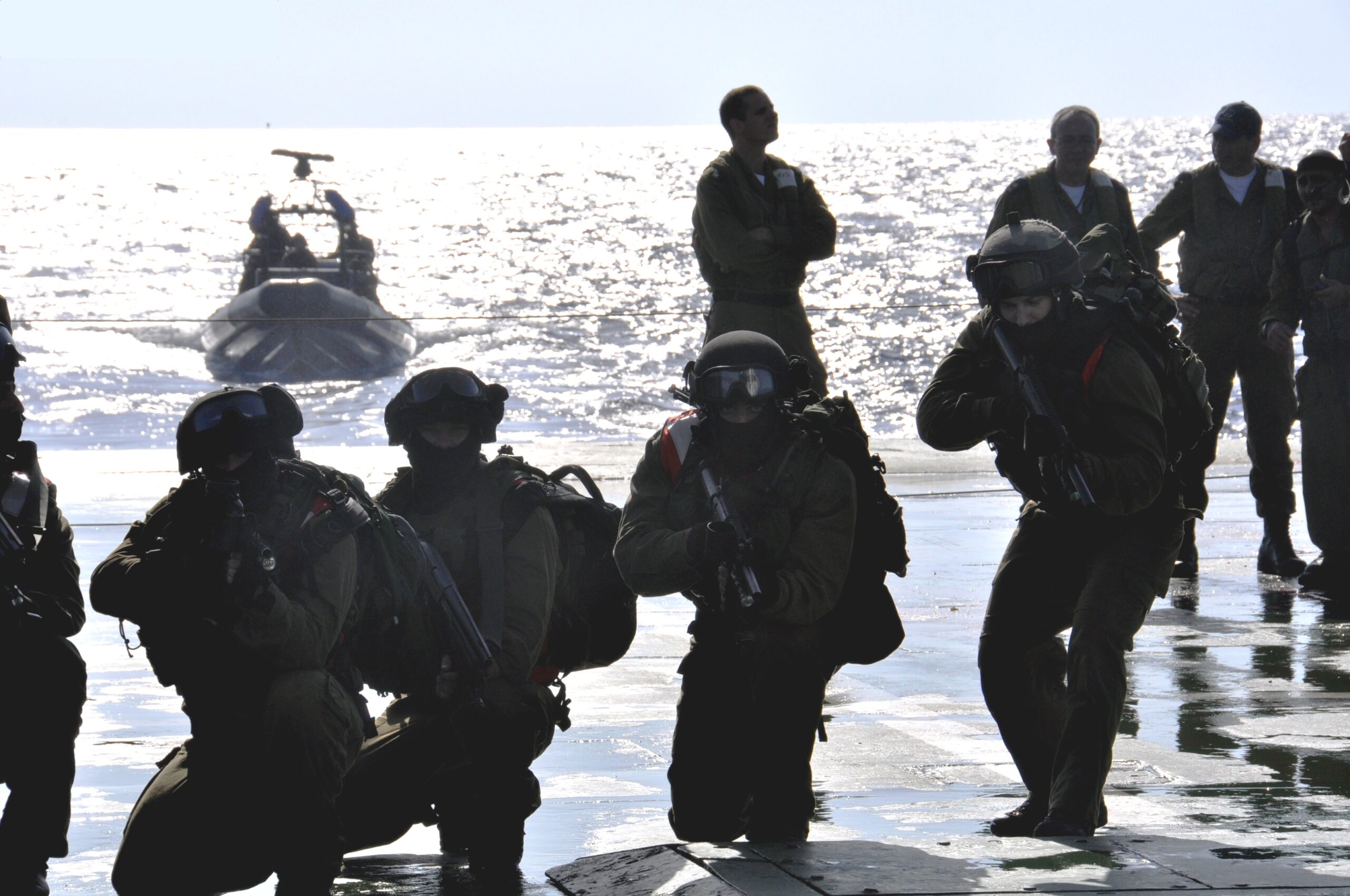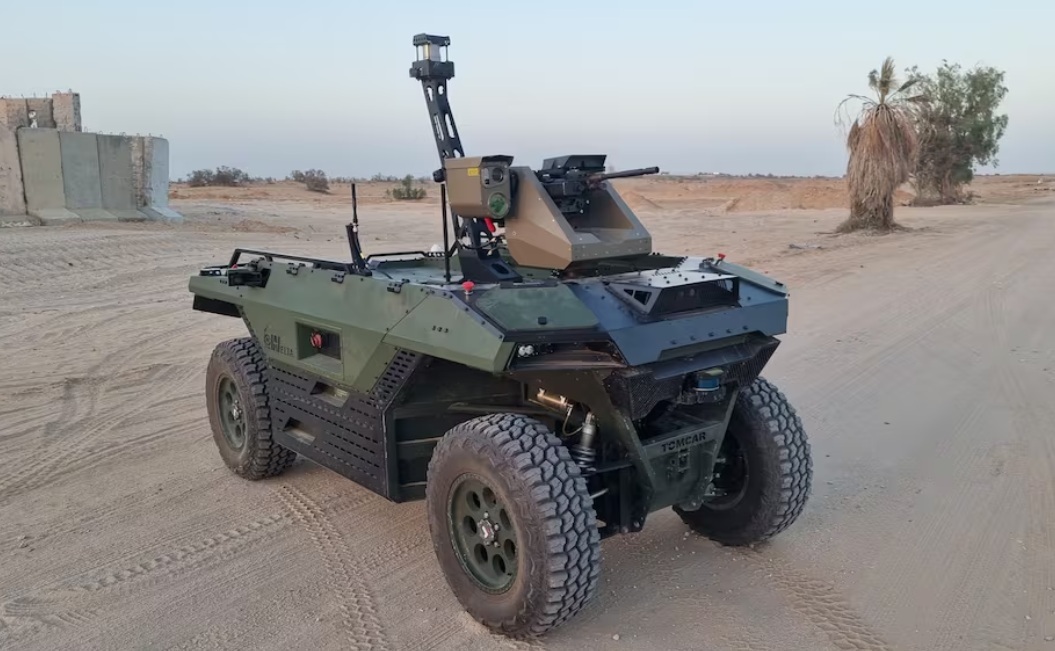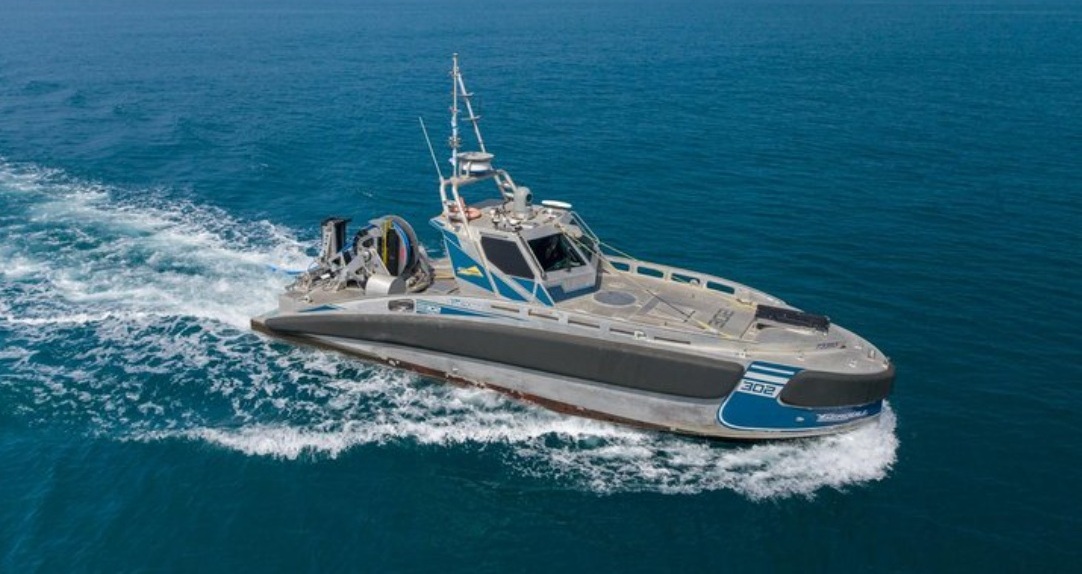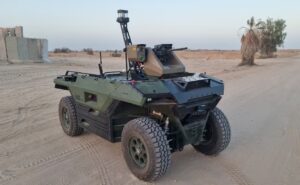To achieve this capability, Israel must overcome multiple technical hurdles.
By Hezy Laing
Israel’s Defense Ministry and Rafael Advanced Defense Systems have confirmed that by 2030, Israel will be able to field a nationwide laser shield capable of neutralizing Iranian missile barrages at negligible cost.
The Iron Beam high‑energy laser system recently became operational, with full deployment across Israel’s defense network expected by 2030.
The system, developed jointly by Rafael and Elbit Systems, is designed to intercept short‑range rockets, artillery shells, drones, and eventually ballistic missiles. Iron Beam is a 100‑kilowatt class‑directed energy weapon capable of destroying targets at ranges up to 10 kilometers.
Unlike the Iron Dome, which relies on costly interceptor missiles priced at $40,000–$50,000 each, Iron Beam’s cost per interception is only the price of electricity — a few dollars per shot.
This makes it particularly effective against Iran’s strategy of saturating Israel with cheap rockets and drones, a tactic seen in Gaza and Lebanon.
In September 2025, Israel’s Defense Ministry declared Iron Beam operational after successful final tests, with the Defense Minister noting Israel is “the first country to possess this capability.”
During trials, the system intercepted multiple drones and mortar shells, demonstrating precision and speed unmatched by traditional interceptors.
The next step is full missile interception.
To achieve this capability, Israel must overcome several technical hurdles.
Current lasers are effective at short ranges, but intercepting Iranian ballistic missiles — such as the Khorramshahr‑4 (range: 2,000 km) or the Fattah hypersonic missile — requires scaling laser power beyond 100 kilowatts and extending engagement distances to 20–30 kilometers or more.
Advancements in beam stabilization, atmospheric compensation, and mobile deployment platforms are also critical.
Rafael engineers are working on phased arrays and adaptive optics to maintain accuracy over longer distances, while Elbit Systems is developing compact power sources to allow rapid firing in battlefield conditions.
Iran’s fastest missiles, including the Fattah hypersonic, reportedly travel at speeds of Mach 13–15 (16,000–18,500 km/h).
At that velocity, a missile launched from western Iran could reach Israel in under 7 minutes.
This means Israel’s laser systems would have only seconds to tens of seconds to lock onto and destroy the missile once it enters engagement range.
The obstacles are immense: the laser must deliver continuous energy on the target for several seconds while compensating for atmospheric distortion, making rapid response and precision tracking critical.
Despite these challenges the Defense Ministry is confident the goal will be achieved.
Israel and the United States are now cooperating to mass‑produce Iron Beam units, ensuring rapid integration into a multi‑layered defense system alongside Iron Dome, David’s Sling, Arrow‑3.


